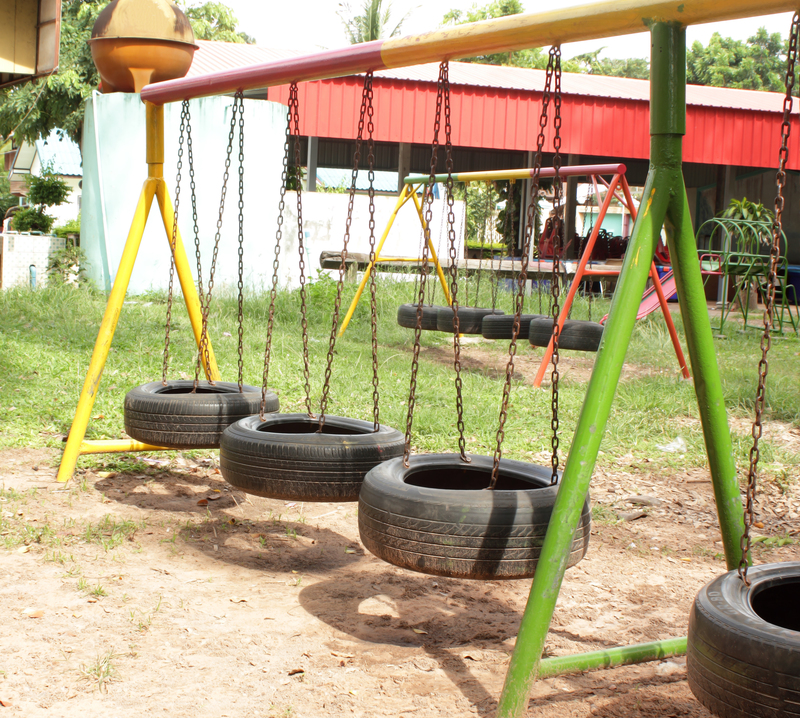Cutting Waste by Reprocessing Wood Materials
In an era where sustainability is more than just a trend, reprocessing wood materials stands out as an innovative and effective method to reduce waste. By embracing different wood recovery techniques, industries and consumers alike can contribute to a greener planet while also cutting costs. This article delves into the benefits, methods, and challenges associated with this process.
Understanding Wood Reprocessing
Wood reprocessing involves taking waste wood materials and converting them into usable products. It includes several processes such as recycling, repurposing, and upcycling, and aims to minimize the environmental impact that comes from logging and disposing of timber products.
Benefits of Reprocessing Wood Materials
- Environmental Conservation: Reprocessing wood helps conserve natural resources, reducing the need for new logging activities, which directly contributes to the preservation of forests and wildlife habitats.
- Waste Reduction: By recycling and repurposing wood, the amount of waste ending up in landfills is significantly reduced, cutting greenhouse gas emissions from decomposition.
- Economic Benefits: Businesses that engage in wood reprocessing can cut costs on raw materials and tap into a growing market of sustainably minded consumers.
- Energy Efficiency: Producing goods from reprocessed wood typically requires less energy than creating products from raw wood, consequently lowering the carbon footprint.

Methods of Reprocessing Wood Materials
Wood Recycling
Wood recycling is the most common form of reprocessing. It involves collecting scrap wood, such as pallets, crates, or construction leftovers, and breaking it down to be used in new products. Chipped wood can serve as mulch, animal bedding, or even as a heat fuel source.
Repurposing Wood
Repurposing is all about giving wood a new lease on life. This method involves using reclaimed wood in new projects without extensive processing. For instance, refurbished timber can be transformed into furniture, flooring, or even art pieces. Repurposed wood often carries a rustic charm that appeals to aesthetics-focused buyers.
Upcycling in Wood Industry
Upcycling goes a step further than repurposing by enhancing the value of the wood product. It may involve creative redesign or adding new components to the wood, making the resource more desirable and unique. This approach not only extends the life of the wood but also provides opportunities for bespoke, high-end market products.
Challenges in Wood Reprocessing
Despite its many advantages, wood reprocessing is not without challenges. Understanding these obstacles is essential to improving the industry's effectiveness and reach.
Contamination Issues
One of the primary concerns in reprocessing wood is contamination: painted or treated wood can be hazardous and impede the recycling process. Identifying and properly segregating contaminated wood is essential to lowering risks and maintaining quality output.
Collection and Sorting
A successful wood reprocessing system depends on effective collection and sorting. Variations in wood type, size, and quality require careful handling to ensure each piece is directed to its most suitable reprocessing method.
Market Demand Fluctuations
The market for recycled and repurposed wood products can be volatile, with demand influenced by economic conditions, consumers' sustainability consciousness, and design trends. Adequate market research and flexibility are necessary to navigate these pressures.

Innovative Advancements in Wood Reprocessing
Technological advancements are critical drivers in the evolution of wood reprocessing techniques. Let's explore some groundbreaking innovations that are enhancing wood waste management:
Automated Sorting Technology
Recent developments in automated sorting systems incorporate AI and machine learning to accurately identify and separate wood types, improving efficiency and decreasing contamination issues.
Bioprocessing Techniques
Bioprocessing uses enzymes or microbes to break down wood waste into chemicals that can be reused in manufacturing processes. This sustainable approach holds promise for creating biofuels or new composite materials.
3D Printing with Sawdust
3D printing technology utilizing sawdust is transforming wood waste into new objects, pushing boundaries in design and functionality. This process reduces dependency on polymers and easily adapts to innovative designs.
Future Prospects of Wood Reprocessing
The future remains bright for wood reprocessing as environmental awareness continues to grow. As new techniques and technologies emerge, opportunities for increased efficiency, lower costs, and higher quality products become achievable.
Governments and stakeholders must continue encouraging sustainable practices, providing incentives, and supporting research in this area. Collaboration between industries, consumers, and policymakers is crucial in creating a circular economy where wood waste becomes a resource rather than a burden.
Conclusion
Reprocessing wood materials presents a viable solution to wood waste reduction and forms a vital part of sustainable development. While challenges exist, the benefits are undeniable--from conserving resources and reducing landfill impact to providing economic opportunities. Embracing this practice is not just about cutting costs; it's about laying the groundwork for a healthier planet.
Innovation and community engagement will play a foundational role in advancing the field. By supporting and engaging in wood reprocessing efforts, we contribute positively to the environment, economy, and a sustainable future for generations to come.